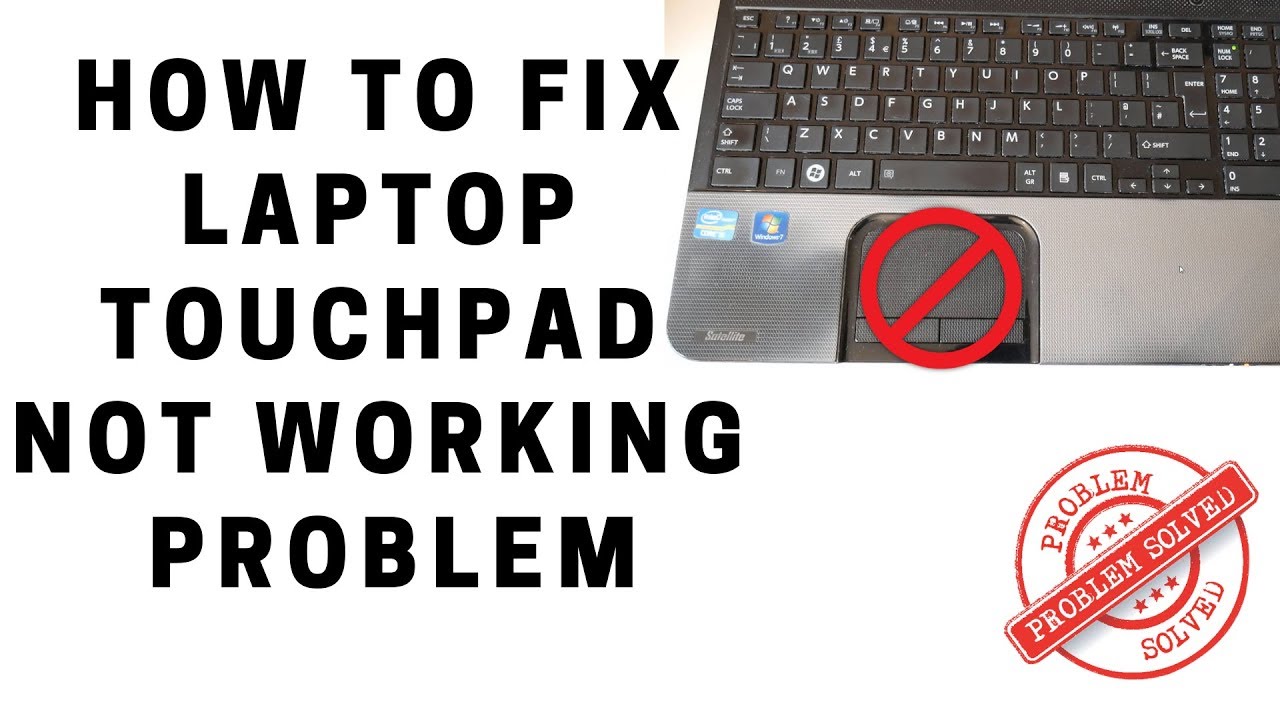Navigating the Troublesome Terrain of Keyboard and Touchpad Issues in Laptops: An Exhaustive Guide

The keyboard and touchpad are essential input devices that facilitate user interaction with laptops, allowing for text entry, navigation, and control. However, when these components malfunction or fail to respond properly, it can significantly impede productivity and usability. Issues such as unresponsive keys, erratic cursor movement, or complete failure of input devices are not uncommon and can stem from various causes, including software glitches, hardware defects, or environmental factors. In this comprehensive guide, we will delve into the common problems associated with keyboards and touchpads in laptops, explore potential causes, and provide practical solutions to address these issues effectively.
Understanding Keyboard and Touchpad Issues:
Keyboard and touchpad issues in laptops can manifest in several ways, including:
- Unresponsive Keys: Certain keys may fail to register when pressed, resulting in incomplete or delayed input.
- Erratic Cursor Movement: The cursor may move erratically or jump across the screen without user input, making precise navigation difficult.
- Touchpad Sensitivity: The touchpad may exhibit erratic behavior, such as overly sensitive or unresponsive touchpad gestures.
- Complete Failure: The keyboard or touchpad may stop working altogether, rendering the laptop unusable for input.
These issues can arise suddenly or develop gradually over time, posing challenges for users and necessitating prompt resolution.
Common Causes of Keyboard and Touchpad Issues:
Keyboard and touchpad problems in laptops can be attributed to various factors, including:
- Driver Issues: Outdated or corrupted device drivers can disrupt communication between the operating system and input devices, leading to malfunctioning keyboards or touchpads.
- Hardware Malfunctions: Physical damage, loose connections, or faulty components within the keyboard or touchpad assembly can impair functionality and responsiveness.
- Software Glitches: Incompatible software updates, conflicts between system processes, or malware infections can interfere with input device functionality and cause erratic behavior.
- Environmental Factors: Exposure to moisture, dust, or debris can accumulate beneath the keys or touchpad, hindering their operation and causing intermittent issues.
- User Settings: Incorrect settings or accidental activation of accessibility features may affect keyboard or touchpad behavior and require adjustment.
Diagnosing Keyboard and Touchpad Issues:
To diagnose and troubleshoot keyboard and touchpad issues in laptops, users can perform the following diagnostic steps:
- Check Device Status: Verify device status and functionality in the Device Manager or System Preferences to determine if the keyboard and touchpad are detected by the operating system.
- Test External Devices: Connect an external keyboard or mouse to the laptop to determine if the issue is specific to the built-in input devices or affects external peripherals as well.
- Restart the Laptop: Restart the laptop to reset system processes and drivers, which may resolve temporary software glitches affecting keyboard or touchpad functionality.
- Update Device Drivers: Download and install the latest drivers for the keyboard and touchpad from the manufacturer’s website or through the Device Manager to ensure compatibility and stability.
- Perform System Restore: Roll back the system to a previous restore point before the issue occurred to undo recent changes and configurations that may have triggered keyboard or touchpad problems.
Practical Solutions to Keyboard and Touchpad Issues:
Once the root cause of keyboard and touchpad issues has been identified, users can implement the following solutions to address the problem:
- Clean the Keyboard and Touchpad: Remove dust, debris, or residue from the keyboard and touchpad using compressed air or a soft brush to improve responsiveness and prevent further damage.
- Adjust Touchpad Settings: Customize touchpad sensitivity, gestures, and scrolling behavior through the touchpad settings menu in the operating system to suit personal preferences and usage habits.
- Check Accessibility Settings: Disable or adjust accessibility features such as Sticky Keys, Filter Keys, or Mouse Keys in the accessibility settings menu to prevent interference with keyboard or touchpad input.
- Inspect Hardware Connections: Ensure that the keyboard and touchpad connectors are securely seated and free from damage or corrosion, and reseat them if necessary to establish proper connections.
- Seek Professional Assistance: If keyboard or touchpad issues persist despite troubleshooting efforts, consult a qualified technician or contact the laptop manufacturer for further diagnosis and repair options.
Conclusion:
Keyboard and touchpad issues in laptops can pose significant challenges for users, but with careful diagnosis and troubleshooting, they can often be resolved effectively. By understanding the common causes of these problems, performing diagnostic tests, and implementing practical solutions, users can alleviate keyboard and touchpad issues and restore their laptops to optimal functionality. Whether updating device drivers, adjusting system settings, or cleaning input devices, proactive measures can help mitigate keyboard and touchpad issues and ensure a smoother and more enjoyable computing experience.







